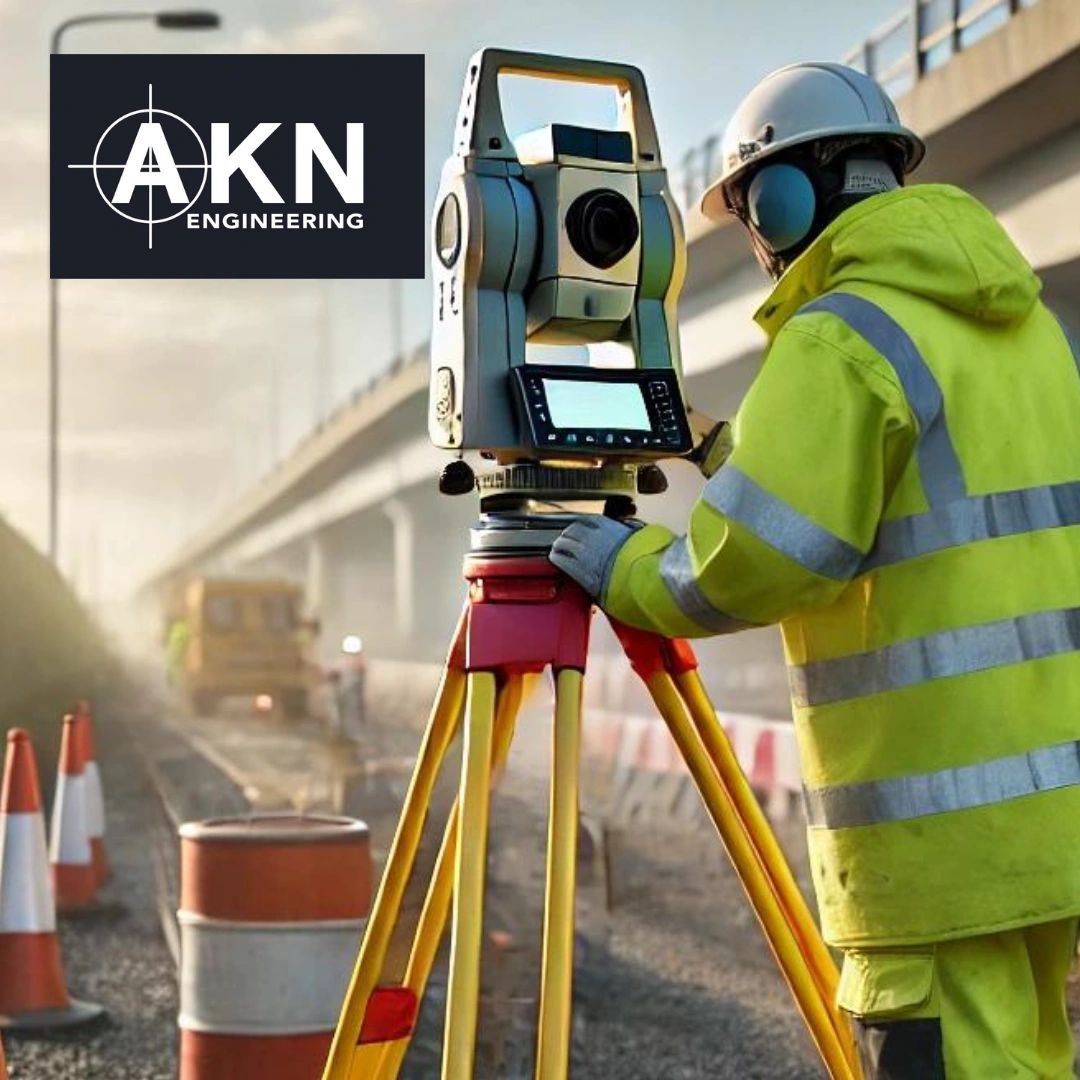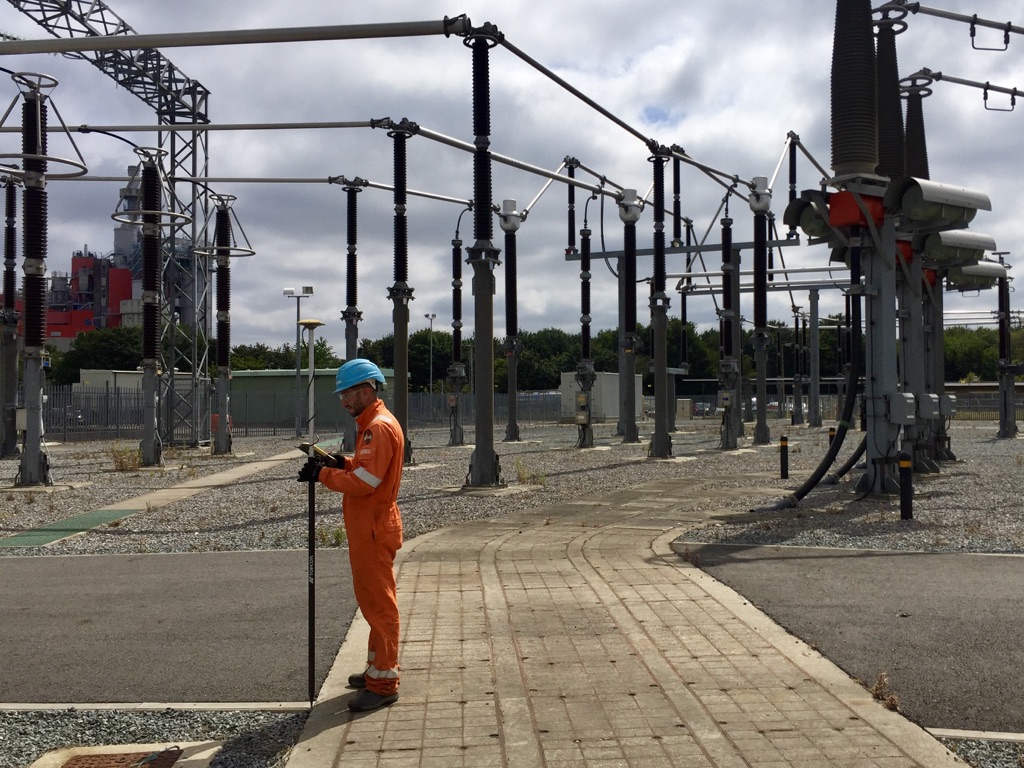Topographical Surveying: Accurate Mapping for Land Development Projects
Topographical Surveying: Accurate Mapping for Land Development Projects
Blog Article
Important Devices and Techniques in Laying Out Design
The discipline of setting out engineering counts greatly on a suite of vital tools and strategies that underpin the accuracy and effectiveness of project implementation. Instruments such as surveyor's levels, complete stations, and advanced GPS technology are indispensable for establishing specific reference factors. The integration of traditional approaches with contemporary practices, including geospatial evaluation and 3D modeling, provides substantial benefits in picturing site problems. Comprehending how these components connect is important for decreasing mistakes and improving task results, yet the subtleties of their application commonly continue to be ignored. What implications does this hold for future design practices?
The Significance of Accurate Measurements

The relevance of accurate measurements expands beyond plain compliance; they are integral to the general performance of design processes. Mistakes can bring about material waste, project hold-ups, and increased labor expenses, inevitably affecting the project's profits. Exact dimensions improve the quality of the final product, guaranteeing that it does as intended and satisfies the assumptions of stakeholders.
Furthermore, the significance of precise measurements is apparent in various design disciplines, including civil, mechanical, and electric design. Therefore, promoting a culture that prioritizes accuracy is essential for the future of design.
Crucial Devices for Laying Out
Laying out, an important phase in the design and construction process, relies heavily on details devices that make certain precise area and positioning of frameworks. Among these devices, the land surveyor's degree stands out, supplying exact horizontal measurements crucial for developing referral factors. This instrument allows engineers to establish elevation adjustments and maintain harmony throughout the task site.
The total amount station is an additional vital tool, incorporating electronic distance dimension with angular dimension capacities. This modern technology boosts effectiveness and precision in catching spatial data, permitting reliable website design and preparation.
In addition, using gauging tapes and marking devices, such as chalk lines or risks, is fundamental for briefly marking borders and essential points on the website. These standard tools, though easy, are vital for ensuring clear communication amongst the building and construction group pertaining to task specs.
Finally, general practitioner technology has obtained grip in laying out procedures, giving real-time placing information and significantly improving accuracy over traditional methods. Collectively, these essential tools form the foundation of effective laying out methods, eventually contributing to the successful execution of engineering and building projects.
Advanced Surveying Techniques
Advanced checking strategies play an essential function in improving the precision and effectiveness of engineering jobs. These techniques encompass a variety of methods that offer accurate information for style and construction. Standard methods, such as progressing and triangulation, have evolved into a lot more advanced strategies, consisting of Total Station studies and Worldwide Navigating Satellite Solution (GNSS)
Total Station devices incorporate electronic theodolites with range measurement capacities, permitting land surveyors to gather accurate area information with fantastic rate. This modern technology dramatically lowers errors related to hand-operated measurements and gives real-time information handling. In addition, GNSS uses exceptional accuracy for large jobs by utilizing satellite signals to figure out exact positioning, which is crucial for straightening frameworks and guaranteeing conformity with design specs.
Along with these tools, advanced strategies additionally incorporate geospatial analysis and 3D modeling. These methods allow designers to imagine surface and website problems extra efficiently, promoting better decision-making during the preparation stage. By using these innovative evaluating techniques, engineering projects can achieve greater precision my latest blog post in design, minimize rework, and eventually improve overall job success.
Digital Modern Technology in Design
The assimilation of electronic modern technology has transformed engineering practices, enhancing both productivity and accuracy across various disciplines. Tools such as Structure Details Modeling (BIM) promote the visualization and monitoring of intricate jobs, enabling designers to work together effortlessly and make notified decisions. This technology enables the creation of thorough 3D versions, which can be evaluated for structural honesty and effectiveness before construction begins.

The application of fabricated knowledge and machine learning in design procedures better improves predictive upkeep and optimization of resources. Generally, digital technology is improving the design landscape, driving development, and making sure that tasks are finished with greater efficiency and reduced risk.
Best Practices for Execution
When implementing electronic modern technology in design, it is vital to establish a strategic method that lines up with task objectives and organizational capabilities. A complete analysis of existing process and technology facilities is necessary to recognize spaces and possibilities for renovation. Engaging stakeholders early at the same time promotes cooperation and makes certain that the technology meets user needs.

Job managers ought to take on a repetitive application strategy, permitting changes based upon real-time feedback and performance examinations. This agile technique not only alleviates threats however also advertises continuous enhancement by integrating lessons found out.
Verdict
In verdict, the integration of vital tools and advanced methods in setting out design is vital for guaranteeing precision in measurements and effective project implementation. Employing instruments such as land surveyor's levels, overall terminals, and GPS technology, along with contemporary evaluating approaches, improves accuracy and lowers the chance of mistakes. Taking on ideal techniques in implementation even more optimizes these processes, ultimately promoting improved job outcomes in the design and construction sectors.
The self-control of establishing out engineering relies heavily on a suite of important devices and techniques that underpin the accuracy and efficiency of project implementation.Furthermore, the value of exact measurements is apparent in see this here numerous design self-controls, including civil, mechanical, and electric design. By employing these advanced evaluating methods, engineering projects can achieve greater precision in layout, minimize rework, and inevitably boost general project success.
Overall, digital technology is improving the design landscape, driving advancement, and making sure that projects are completed with greater efficiency and lowered threat (setting out engineering).In conclusion, the combination of important devices and progressed methods in establishing out engineering is crucial for making sure precision in dimensions and successful job implementation
Report this page